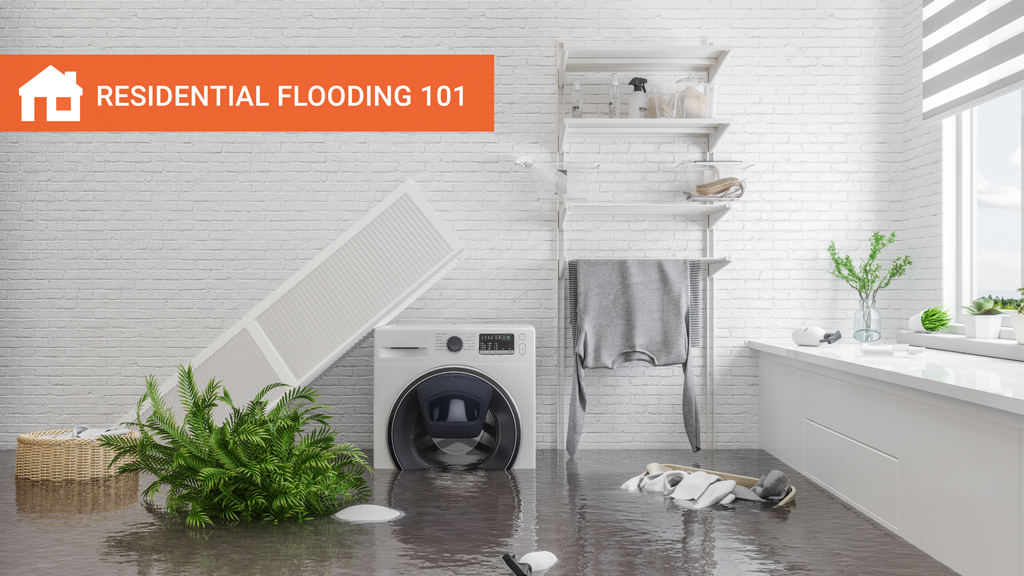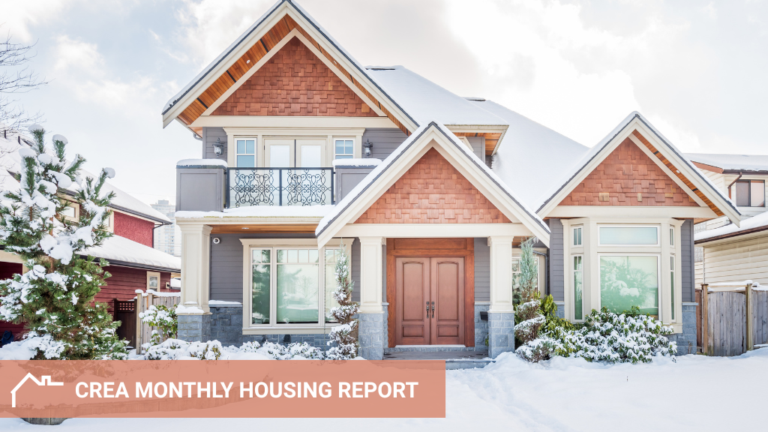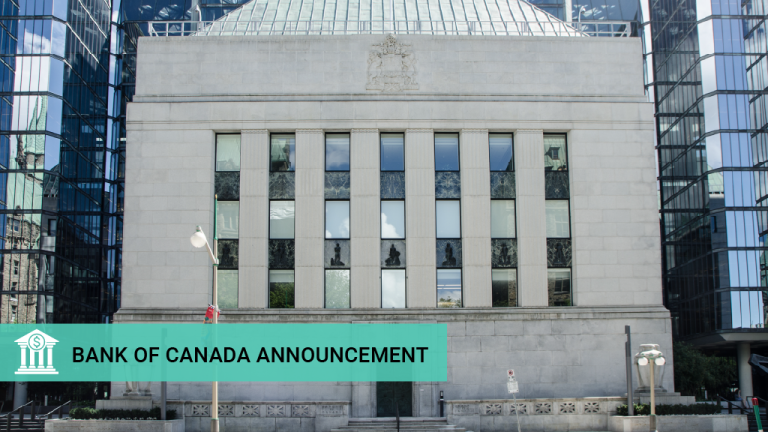
The arrival of storms Beryl and Debby brought record rainfall to many parts of Quebec and Ontario in the summer of 2024. Unprecedented flood damage is forcing municipalities and other levels of government to rethink their infrastructures, as extreme weather events occur with increasing frequency. But while we wait for solutions to be put in place to limit the damage to city water systems, here are some ideas to help you better protect your home from future flooding.
What are the long-term consequences of floods for homeowners?
There are many consequences. In addition to immediate material damage, there is an increased risk of structural deterioration, mold and loss of property value. Furthermore, insurance could become more expensive or more difficult to obtain for homes located in high-risk areas. Homeowners must therefore anticipate these risks and adopt preventive measures to protect their investment.
What preventive measures can be taken to avoid the very worst scenario?
With a significant increase in torrential rains and overflows in urban areas, it’s crucial to manage water pipes in the basement. First of all, if your home is flooded, the first thing to do is diagnose the problem at its source, to understand how and where the water has infiltrated, so you can take the appropriate corrective measures.
Installing backflow prevention valves, which ensure that sewage does not flow back up the pipes, is an essential first step. However, sometimes these are not enough. To ensure a superior seal, it is best to install double check valves in the basement. Also ensure that sump pumps are working properly to help eliminate stagnant water around the foundation.
Checking gutters and drains is another important preventive step you can take in the spring and fall to make sure they’re not clogged and that water is draining as far away from the foundation as possible. Make sure your gutters have extensions, so that water doesn’t pool around the property.
In some cases, grading of the ground around the property is considered, so that water runs towards the street and not the property. The aim is to keep as much water as possible from stagnating near the foundation. In addition, installing drainage curbs around windows located close to the ground is an excellent way of preventing water from seeping in.
What can homeowners do in the medium term to better protect themselves?
In the medium term, it’s a good idea to invest in a regular inspection of your home by a professional, whether a building inspector or a plumber. These experts can detect potential faults in foundations, water pipes or drainage systems. Proactively repairing these problems can make a big difference in the event of flooding. Moreover, knowing your property and its level of risk in the event of water infiltration can help you anticipate problems and give confidence to a future buyer, for example.
In the long term, how can homeowners prepare for increasing climate risks?
In the long term, choosing the right location for your home is of paramount importance. If you’re in the buying process, find out about the neighbourhood’s flooding history. If you’re already a homeowner, consider landscaping work to raise the ground around the house or improve drainage. It’s also advisable to consult an engineer or building inspector to assess the feasibility of such modifications.
What is the main lesson to be learned from the 2024 summer floods?
We’ve seen once again this year that no one is immune. Floods are no longer limited to homes in flood-prone areas. They can affect any municipality, any neighbourhood. It’s becoming imperative for citizens, cities and insurers to work together to prepare for this new era of climate change. Everyone must play their part, whether by adopting preventive measures or adapting infrastructures.





